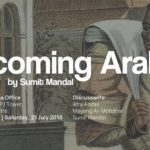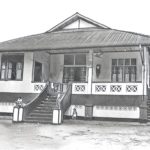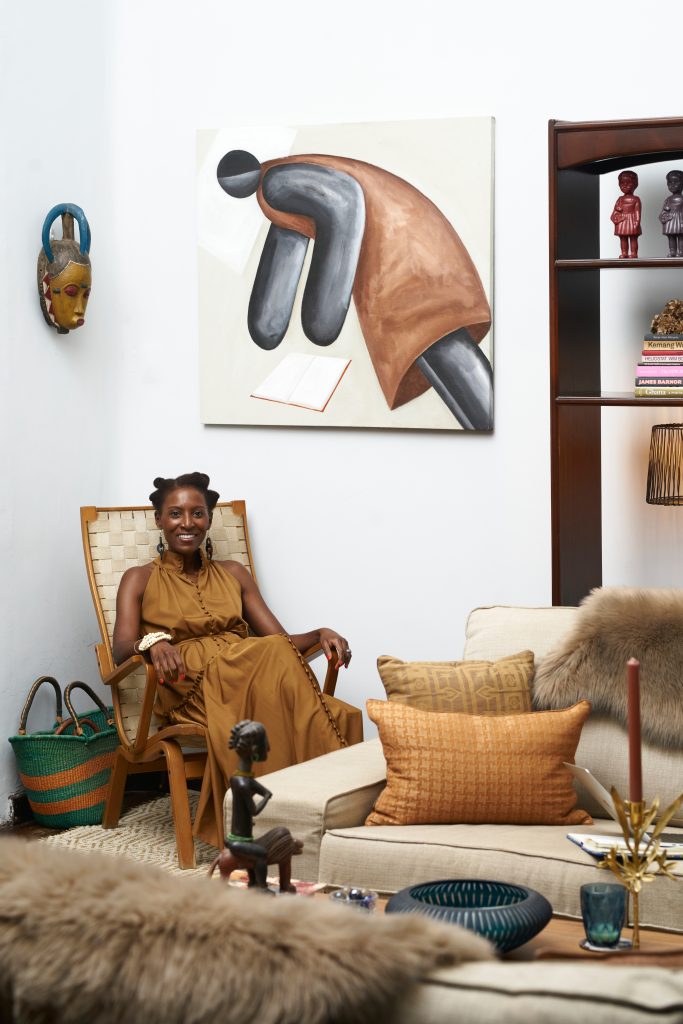Wild Boy
2004 - Film & Video (Film & Video)
17 min
Guy Ben-Ner
Wild Boy is the story of the education of Amir, the artist’s son. Ben-Ner plays the educator’s part, trying to domesticate the child. Using the metaphor of the wild child is Ben-Ner’s homage to this recurring theme in literature and cinema: from Edgar Rice Burroughs’ « Tarzan » to Truffaut’s « L’enfant sauvage », and Rudyard Kipling’s « Jungle book ». The video is an attempt at capturing this decisive moment when the child lets go of its wilderness to become « civilized », and raises the nature/culture dichotomy, dear to the Enlightenment philosophers.
In his films, Guy Ben-Ner plays with the history of cinema, referring to the experimental origins of silent film, to comic figures such as Keaton and Chaplin, and to Truffaut’s French New Wave. Since 1996, the artist has been concentrating on his family members and stages them with burlesque humor. Just as Buster Keaton, he is at once actor-director, his wife and children the only other actors, and his apartment the improvised set: he uses available furniture and objects, creates an artificial island in his kitchen and constructs a tree house for Treehouse Kit (2005), a work in which the sculpture takes part in the video installation. The theatrical aspect of the set relates to the playful situations. Each one of Ben-Ner’s films participates, as an episode, to a collection of fables about human nature, reenacting stereotypical motifs found in literature and cinema, such as the desert island (“Berkeleys Island” 1999) or “Moby Dick” (2000). Guy Ben-Ner was born in 1969, Ramat Gan, Israel. He lives and works in Tel Aviv.
Colors:
Related works sharing similar palette

© » KADIST
Gregory Halpern
2016Gregory Halpern spent five years shooting ZZYZX , and another year editing the results, from an estimated thousand rolls of film, about half of which were shot in the final year after his Guggenheim Fellowship enabled him to live in California...

© » HYPERALLERGIC
AI Artwork Projected on Historic Gaudí House Draws Nearly 100K People Skip to content Sofia Crespo, "Structures of Being" (2024), projection mapping at Casa Batlló (photo by Claudia Maurino, courtesy Casa Batlló) BARCELONA — Architect-designer Antoni Gaudí, legend of Catalan Modernisme, is often quoted as having said, “Nothing is invented, for it’s written in nature first.” Whether or not that’s apocryphal, his legacy suggested something holier than human at work...

© » KADIST
Bady Dalloul
2017The Great Game is a series of works composed of a number of card combinations illustrated by the faces of key political figures shaping the geopolitical landscape in the Middle East...

© » KADIST
Online Seminar: Frequencies of Tradition With Anselm Franke, Ho Tzu Nyen, Chia Wei Hsu, Yuk Hui, siren eun young jung, Jane Jin Kaisen, Ayoung Kim, Hyunjin Kim, Hwayeon Nam, Emily Wilcox, and Soo Ryon Yoon The Times Museum and KADIST present three online sessions that consider tradition as a contested space, where one can critically reflect on Asian modernization and the Western canon...

© » KADIST
Tirdad Hashemi
2022The Blue Poisoning series , reveals the outcome of artist Tirdad Hashemi’s weary and depressed days in the winter of 2022, following their second migration from Paris to Berlin...

© » ARTS EQUATOR
Weekly Picks: Malaysia (16 – 22 July 2018) | ArtsEquator Thinking and Talking about Arts and Culture in Southeast Asia Malaysia July 16, 2018 Hua (華) Settler Imaginary in Borneo , at Malaysia Design Archive, 19 July 8pm Academic Dr Zhou Hau Liew presents ‘ Preliminary Thoughts on the Hua Settler Imaginary in Borneo: Cultural Mapping, Revolutionary Communism, and the Ideas of Chineseness ’...

© » KADIST
Binelde Hyrcan
2011Binelde Hyrcan’s video “Cambeck” is a playful study of four boys on a beach in Angola playing in a chauffeured car made of sand...

© » KADIST
Zhang Kechun
2020Zhang Kechun’s photographic series The Yellow River documents the effects of modernization along the eponymous Yellow River, the second longest in Asia...

© » KADIST
Kelly Sinnapah Mary
2021Notebook 10 , l ‘enfance de sanbras (The Childhood of Sanbras) series by Kelly Sinnapah Mary is a sequel to an earlier series by the artist titled Cahier d’un non retour au pays natal (2015)...

© » KADIST
Prabhakar Pachpute
2014“Dark Clouds Of The Future” is a cinematographic video animation of the abandoned gold mine in Brazil, Serra Pelada (“Naked Mountain”)...

© » KADIST
Sandra Monterroso
2023Presented as part of a recent group of works titled The Paradox of Healing, Rhombus for Healing No...

© » KADIST
Félix González-Torres
1992Behind the simplicity and beauty of this untitled photograph of a brilliantly-colored flowerbed by Félix González-Torres are two remarkable stories of love, loss, and resilience...

© » ARTS EQUATOR
Orang Phebien: Telling the story of the Baweanese | ArtsEquator Thinking and Talking about Arts and Culture in Southeast Asia Articles Illustration: Hadi Osni August 5, 2020 Lesser known narratives involving migration in Singapore are in the spotlight with The Arts House’ latest edition of LumiNation ...







